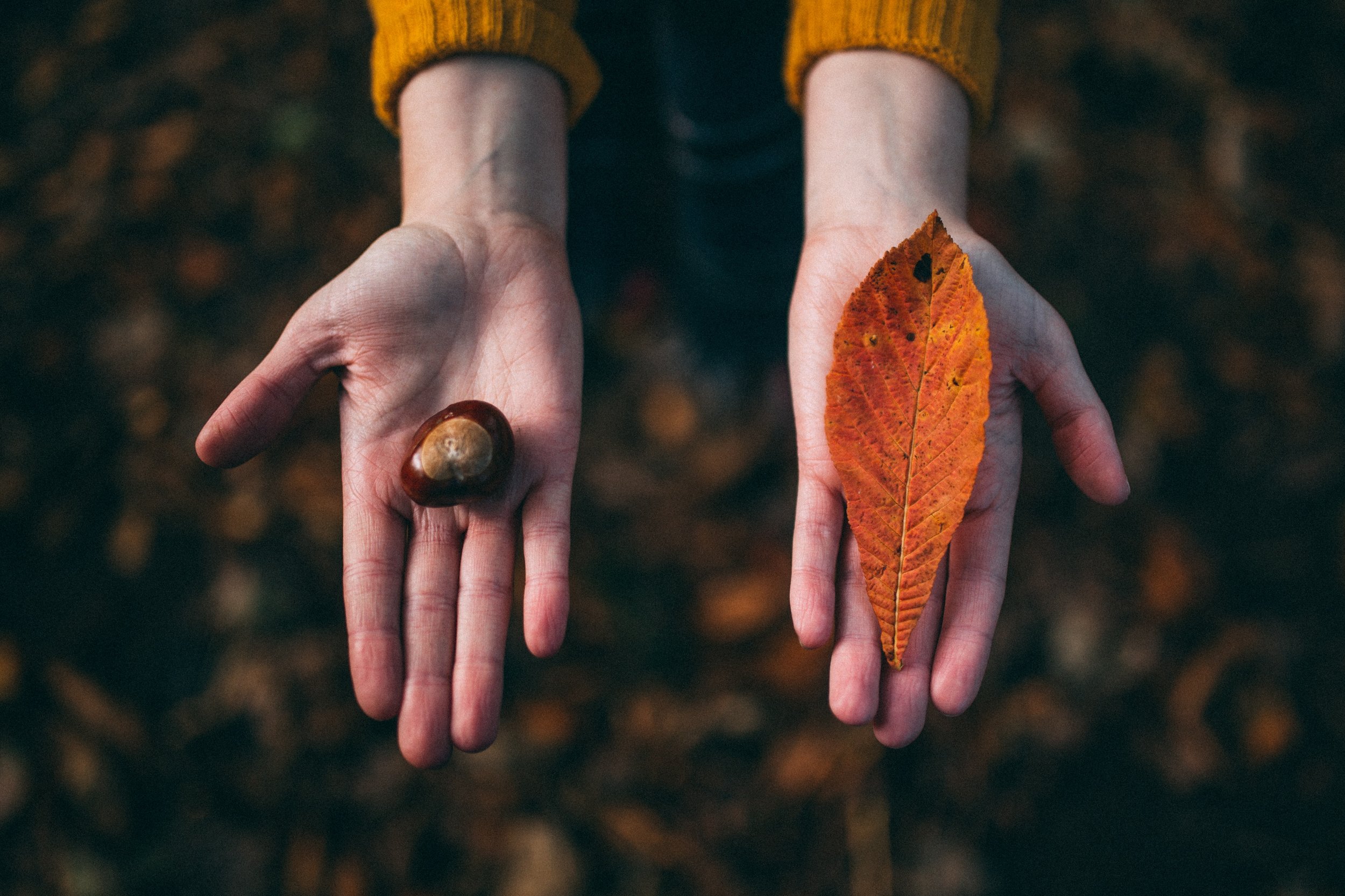In today's tree story, Steffany shares her ode to and love for the scent of Jefferson Pines. If you want to take part in this mini-series, head back to the original post for more details.
My tree-loving soul was born on the breeze floating through Jefferson Pines, living in southern California at a little less than 7,000 feet above sea level. A new job in California took me far from the midwest, where I grew up near flat farmlands, where trees were planted as windbreaks, for apple harvests in the fall, or for barriers between houses. I had never experienced native trees, planted where their seeds fell due to wind and wildlife and able to grow to heights well beyond 100 feet. When I exited the van which had driven me to my new job, my first thought was how dark the area seemed despite the morning hour.
As I looked up, I stood in awe. Shrouded in shade I stood below the tallest pine trees I had ever seen, their rich red/brown bark looked like puzzle pieces and their crowns the most beautiful shade of blue-green needles. Their pine cones littered the ground and were the size of cantaloupes and small watermelons, missiles I would learn to dodge when hearing them crash through the branches on their way to the ground.
The trees' height and locations formed a sanctuary - the trunks were the walls, the ceiling was their branches offering small glimpses of the sky, and the floor, a wondrous, crunchy brown carpet made of fallen needles.
I stood and let the southern California breeze wash over me. I inhaled the scent of the dead needles, burning them into my memory and smelled... vanilla? Butterscotch? What was that?
“Smell the tree,” someone said. Hesitant but curious, I walked to the nearest tree, gently moved my nose close to her mosaic bark and smelled. My eyes were closed and it was vanilla, the scent of my childhood, the essence of cookies and sweetness and warmth and familiar and love. I was over 1,800 miles from home and yet…I opened my eyes.
“Wow,” was all I could manage.
“Jefferson pines, that’s how you tell…you smell their bark,” the person said and smiled.
Back home as a child I would climb the trees in my backyard, would rake the vibrant yellow and orange and red leaves in fall for money, and watch cedar waxwings eat the berries from trees. As an adult, I spent the next nine months living in and among the Jefferson Pines, gathering her pinecones, standing at the edges of her walls to view the San Jacinto mountain peaks we would hike and climb, sleeping underneath her protective arms, and watching as walls of them burned in a local forest fire. As a child, trees were a part of my world. As an adult, these Jefferson Pines were my world. I was forever changed, my view of trees moving from one of utility to one of admiration.
A few years ago I was in Colorado, near Pikes Peak and as I exited the car, the familiar scent of dead pine needles took me back twenty years, to my lost soul, so unsure of my future, right out of college with no plans and a temporary job in southern California. I walked to the nearest tree, laid my arms around her trunk, leaned close and inhaled. The lack of a vanilla scent was disappointing at first. I knew it would be a long shot as Jefferson Pines seem to grow mainly along the western coast of the United States, but I had to try. I stepped back, the crunching under foot familiar, looked up into the spire of needles above, saw snippets of blue sky through the small windows of adjacent branches and inhaled a familiar peace. I sat down in her shade, picked up the small pine cones scattered about and remembered.
My love for trees was born on the breeze of Jefferson Pines. Before her, a tree was a tree was a tree. After her, a tree was a maple or blue spruce, a weeping willow or a crab-apple, a home for bluebirds to raise their young and squirrels to find shelter and doves to build their nests, where bluejays chased sparrows in their quest for food, where tire swings are hung for my children and joy is found among the branches of our Maples, where curiosity is aroused, where respite beckons me, and where my soul breathes and finds peace.
Steffany Cartellone is an explorer of nature, relishing the things she sees on her daily walks with her kids. She is currently sitting outside on a cool summer morning, sipping hot coffee and watching a mother bluejay teaching her young how to find bugs and seeds. For her, life doesn’t get much better than these moments. Her blog, thoughts about intentional living, can be found at a-snails-pace.com and her first novel, she hopes, will be published in 2018.











































